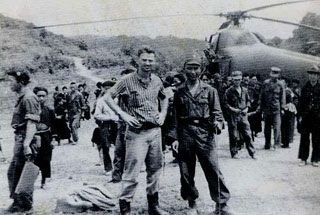
CIA Destabilized the Country by Supporting Invasions from Thailand by Exiled Politician Son Ngoc Thanh That Were Designed to Overthrow Neutralist Prince Norodom Sihanouk Who Allied with Communist China and Supported the Vietcong
Around the time of former Secretary of State Henry Kissinger’s 100th birthday, The Intercept ran a series of articles by investigative journalist Nick Turse emphasizing that the secret bombing campaign over Cambodia carried out by Kissinger in the early 1970s killed even more civilians and caused more devastation than was previously thought.
Interviews with more than 75 victims of U.S. bombing attacks gave readers a sense of the terrible trauma experienced by survivors of the attacks, which were particularly horrific because the villages were not just bombed, but also strafed by helicopter gunships and burned and looted by U.S. and allied troops.
The official purpose of the bombing—which killed an estimated 150,000 civilians—was to flush out the sanctuaries of South Vietnam’s left-wing National Liberation Front (NLF) guerrillas who were hiding in Cambodia and to fortify a U.S.-installed coup regime that was carrying out a war on Cambodia’s left, the Khmer Rouge, which seized power in 1975.

Chhit Do, a former Khmer Rouge official, noted that “the ordinary people sometimes literally shit in their pants when the big bombs and shells came. Their minds just froze up and they would wander around mute for three or four days. Terrified and half crazy, the people were ready to believe what they were told. It was because of their dissatisfaction with the bombing that they kept on co-operating with the Khmer Rouge, joining up with the Khmer Rouge, sending their children to go off with them.”
Based on such testimony, historians Taylor Owen and Ben Kiernan concluded that “civilian casualties drove an enraged population into the arms of an insurgency that had enjoyed relatively little support until the bombing began, setting in motion…the rapid rise of the Khmer Rouge, and ultimately the Cambodian genocide.”
Popular historical representations, however, such as the 1987 Academy Award-winning film The Killing Fields, helped to obscure the underlying conditions of U.S. bombing in which the Khmer Rouge rose to power and became radicalized. A Finnish commission characterized the 1970s as a “decade of genocide,” with Nixon and Kissinger’s crimes rivaling those of Pol Pot (Saloth Sar), whom the Reagan administration supported after the Vietnamese overthrew him in 1979.[1]

CIA Plays a Central Role in Cambodia’s Destabilization
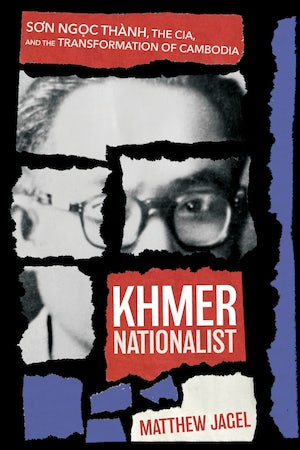
A new book by historian Matthew Jagel, Khmer Nationalist: Son Ngoc Thanh, the CIA, and the Transformation of Cambodia (Ithaca: Northern Illinois University Press, an imprint of Cornell University Press, 2023) makes clear that Cambodia’s “decade of genocide” was set in motion by the Central Intelligence Agency (CIA).
The CIA along with U.S. Army Special Forces contributed significantly to the destabilization of Cambodia by supporting raids carried out by Cambodian guerrillas known as the Khmer Serei (Free Khmer) based in South Vietnam and Thailand.
The aim was to overthrow the neutralist regime of Prince Norodom Sihanouk, Cambodia’s head of state from 1953 to 1970, who allied with Communist China and gave support to the NLF—aka the Vietcong.
The guerrillas were loyal to Prince Sihanouk’s nemesis, Son Ngoc Thanh, an anti-communist nationalist who had served as Cambodian Foreign Minister after the surrender of Japan at the end of World War II and then became Prime Minister from March until October 1972 after a U.S.-backed coup led to Sihanouk’s ouster in March 1970 and replacement with Lon Nol, his army chief of staff.

The CIA valued Thanh—described by The New York Times as a “short, wiry, intense man”—because he was a right-wing republican nationalist who had served in the maquis fighting against France, which colonized Cambodia from 1863 to 1945 and 1945 to 1953.[2]
From 1945 to 1951, Thanh was exiled in France. Upon his return to Cambodia in October 1951, because of his strong anti-colonial stance, he was greeted by more than 100,000 people holding banners reading “Son Ngoc Thanh, National Hero,” and “Son Ngoc Thanh Our Hope.”[3]

During the 1950s and 1960s, the CIA was recruiting “Third Force” politicians across Southeast Asia who represented an alternative between right-wing authoritarians and communists or those seen as too sympathetic to the latter.
In Cambodia’s case, Sihanouk was a target for regime change because of his close alliance with China and desire to steer a neutralist course for Cambodia and avoid entanglement in the Indochina War, which he recognized would ruin his country.
Thanh initially opposed Sihanouk’s gradualist approach to decolonization with France, taking up arms in the jungles of Cambodia against him right after his triumphalist return in October 1951. Ironically at the time, Sihanouk lumped him in with the communists, though the CIA reported in June 1954 on the existence of non-communist dissidents in Cambodia against Sihanouk’s post- colonial rule who are “followers of the nationalist leader, Son Ngoc Thanh.”[4]
The Eisenhower administration’s support for Thanh increased because of its growing covert involvement in Vietnam and Sihanouk’s refusal to join the Southeast Asia Treaty Organization (SEATO) with Thailand, the Philippines and South Vietnam.
By February 1955, after losing a rigged election, Thanh assembled a force of two thousand men on the Thai-Cambodian border operating with Thai support (Cambodia and Thailand had long been enemies).

In December 1958, several CIA officers on the staff of John Peurifoy, the U.S. ambassador to Thailand who was a central architect of the 1954 Guatemalan coup, held a secret meeting in Bangkok where they plotted a coup against Sihanouk with Thanh along with Field Marshal Sarit Thanarat from Thailand, and Ngo Trong Hieu, a South Vietnamese official who was close to Ngo Dinh Diem (a U.S. client installed in power in 1955).[5]
CIA agent Victor Matsui played a key role with Thanh in coordinating the coup plot, which ultimately failed. When one of the main coup plotters, Dap Chhuon, was captured, he was found with a CIA radio in his possession.[6]

State Department officials acknowledged that, by this point, Thanh had lost much of his appeal among the Cambodian population and that Sihanouk, whatever his flaws, had considerable mass support.
Chiang Kai-shek, the head of state in Taiwan whom the U.S. supported against the communists in the Chinese civil war, said that Sihanouk had “essentially anti-communist, nationalistic motivation[s], which emphasized independent stature for [the] Cambodian nation,” and was “a positive benefit [to the] free world.”[7]
The release years later of a telephone conversation between then President John F. Kennedy and his Assistant Secretary of State for Far Eastern Affairs, Roger Hilsman, proved U.S. involvement in the Dap Chhuon coup plot.
In the conversation, Hilsman informed Kennedy that “there’s a history, during the administration of President Eisenhower, where the agency [CIA] did play footsie with opposition groups.”
When Kennedy asked: “Was that a true story about ’59 or something?” Hilsman responded: “yes sir, it is true.” “CIA did do it?” inquired the President. “Sure,” Hilsman responded, “they supplied some money and, uh, they were involved in a plot against Sihanouk back before this administration. The Agency in those days wasn’t responsible to the State Department. They did things they probably didn’t know about.”[8]
Mike Force and Secret Teams
In 1958, Thanh reported that his anti-communist guerrilla forces began to receive military training from the United States to overthrow Sihanouk at its headquarters in the Prachin Buri province in Thailand.[9]
Many Khmer Serei were recruited into “Mike Force,” or mobile strike forces, that were organized by General Paul D. Harkins, a former Deputy Chief of Staff to General George S. Patton at the end of World War II and the first commander of the American Military Assistance Command, Vietnam (MACV) from 1962 to 1964.


According to Thanh, the Khmer Serei received financial backing as well as all of its weapons from the Americans from the late 1950s to the early 1960s.[10]
The total was millions of dollars in assistance, which enabled the Khmer Serei to develop eight battalions of mainly Khmer Khrom (ethnic Cambodians born in South Vietnam who supported Thanh) anti-Sihanouk forces and to establish a clandestine radio station run from a truck inside Thailand.[11]
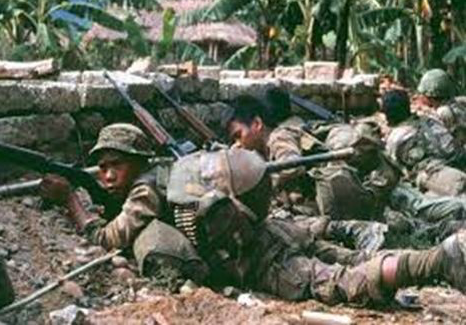
Chinese Guomindang guerrillas based out of Taiwan actively supported the Khmer Serei along with the South Vietnamese and Thai governments, which supplied ammunition, bombs and explosives as Thanh’s men were sent as infiltrators into Cambodia to conduct sabotage and political warfare operations.[12]
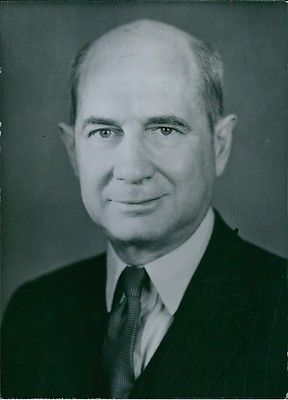
Sihanouk was accused of harboring Vietcong agents, though the U.S. ambassador to Cambodia, Philip D. Sprouse (1962-1964), admitted there was no proof to the charge.
John F. Kennedy wrote to Sihanouk denying U.S. support for the Khmer Serei, but crossed out a sentence suggesting CIA support for them. Sihanouk subsequently gave a fiery speech in which he said that the Americans were noted for “their habit of buying the conscience of [people]. They have bought such running dogs as…Son Ngoc Thanh, and the Khmer Serei, the Vietnamese and the new Vietnamese government.”[13]
As the Vietnam War expanded, the Khmer Serei were recruited into the Civilian Irregular Defense Group (CIDG) run by the CIA, which ran cross-border infiltration, unconventional warfare and espionage missions and became part of the Phoenix Program, whereby suspected Vietcong on blacklists were kidnapped and then often tortured and executed.[14]
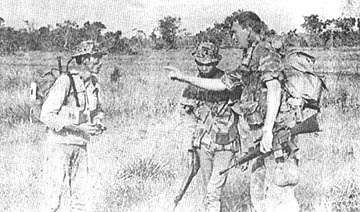
The CIA’s operations exemplified the exploitation of political divisions and minority grievances by the U.S. in the service of larger imperial ends.
Thanh played an active role in the Khmer Serei operations and was ferried to various CIDG camps by a U.S. helicopter. He said that there was always a CIA agent attached to his staff whom he identified only as “Fred.”[15]
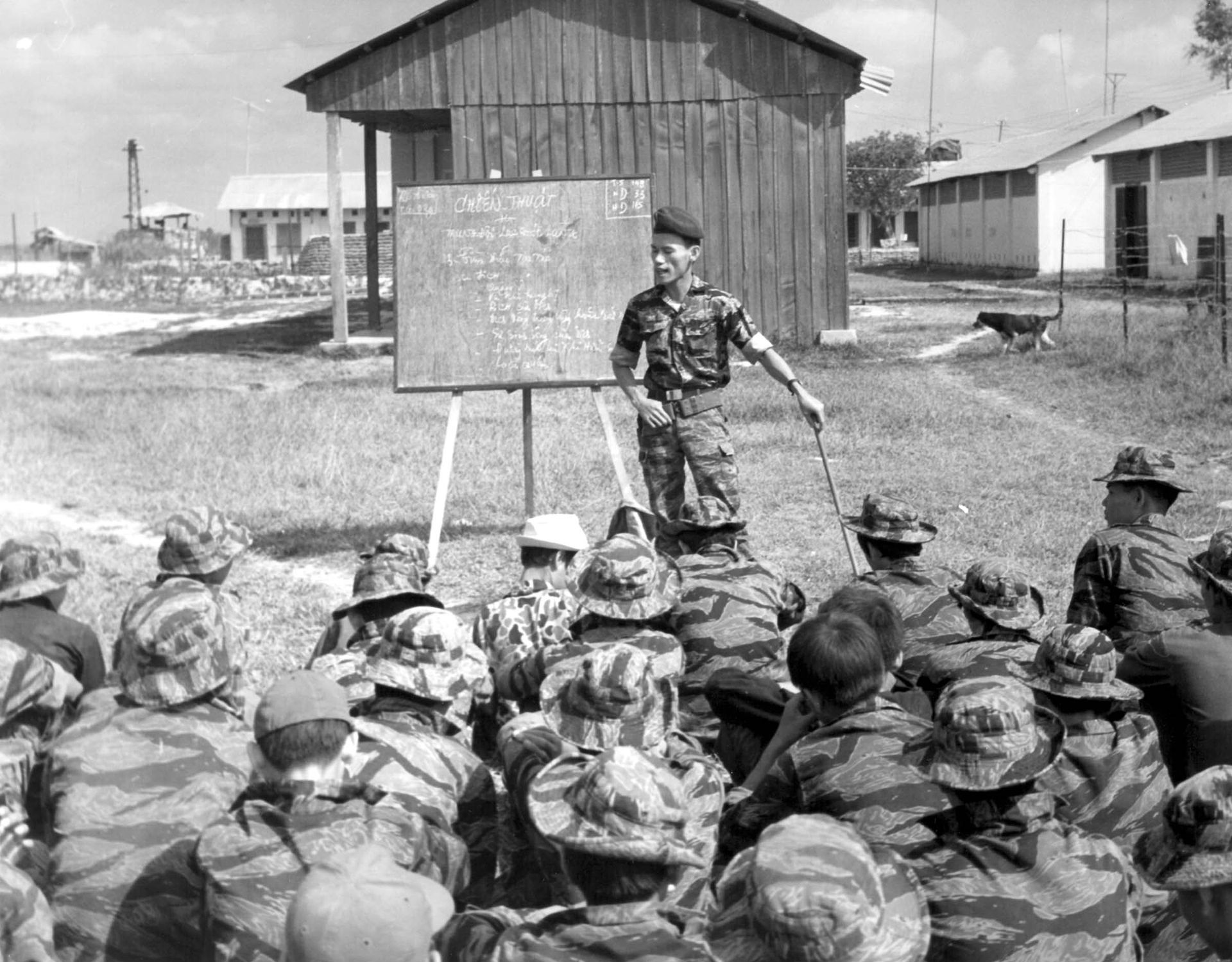
The 1967 Operation Daniel Boone, involving the use of Khmer Serei forces skilled in jungle warfare who operated as guides for U.S. Special Forces, was created without the knowledge of Congress.
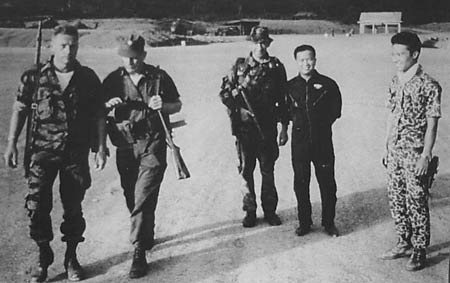
The British embassy characterized the Khmer Serei’s chief methods as being “subversion and terrorism.”[16] They were known for blowing up railways and committed heinous atrocities for which they tried to frame the Vietcong.[17]
When CIDG officer Randolph Harrison was shown a photo of what appeared to be Khmer Serei forces next to mutilated and beheaded Cambodian communists, he said: “I know these guys. They’d been in my Special Forces unit.”[18]
Son Ngoc Thanh and Cambodia’s Descent into the Abyss
CIDG operations laid the groundwork for the 1970 CIA-backed coup, which resulted in the ouster of Sihanouk and empowerment of Lon Nol, who had been known for carrying out brutal operations against Cambodia’s communists—the Khmer Rouge—in the mid-1960s.
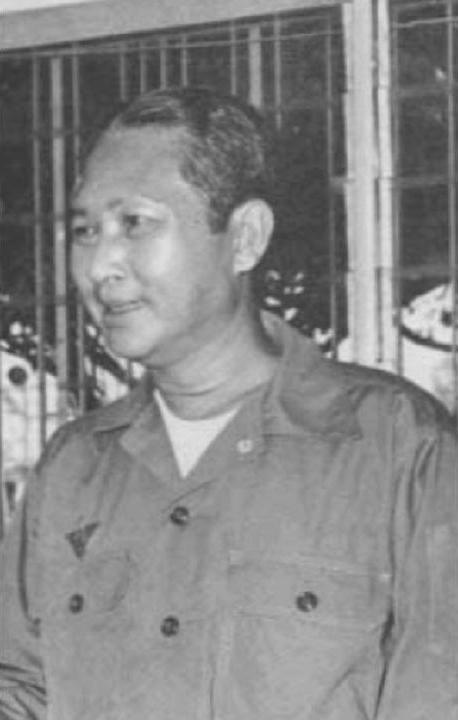
Paid through U.S. aid money and continuously outfitted with U.S. weapons, the Khmer Serei played a key role in the coup by serving as a conduit for CIA infiltration of the Cambodian government, and then by helping the new post-coup government to flush out its enemies as it became integrated into the Cambodian Army.
As a reward, Thanh was appointed Prime Minister in 1972. Americans saw him as a potential check on Lon Nol’s drift toward authoritarianism and also liked him because he hoped to lead his Khmer guerrillas against the North Vietnamese in the Cambodian jungle.
Thanh’s support within Cambodia, however, was not what it once was: Judith Coburn reported in the Far Eastern Economic Review that “he labors under the cloud of decades long collaboration with the American CIA.”[19]
That collaboration became more and more unpopular as Cambodia was turned into a wasteland by Nixon and Kissinger’s savage bombing campaign, which combined with prior CIA-backed destabilization efforts, helped turn the population against the U.S. and its proxies like Thanh.
When the Khmer Rouge came to power in 1975, they liquidated Cambodia’s cities and systematically massacred U.S. collaborators, including many former Khmer Serei fighters who were considered to be foreign invaders.
Those Khmer Serei who escaped took up resistance along the Thai-Cambodian border, though, according to Jagel, were little more at this point than black marketeers or bands of extortionists who preyed on the defenseless border refugee camps.[20]
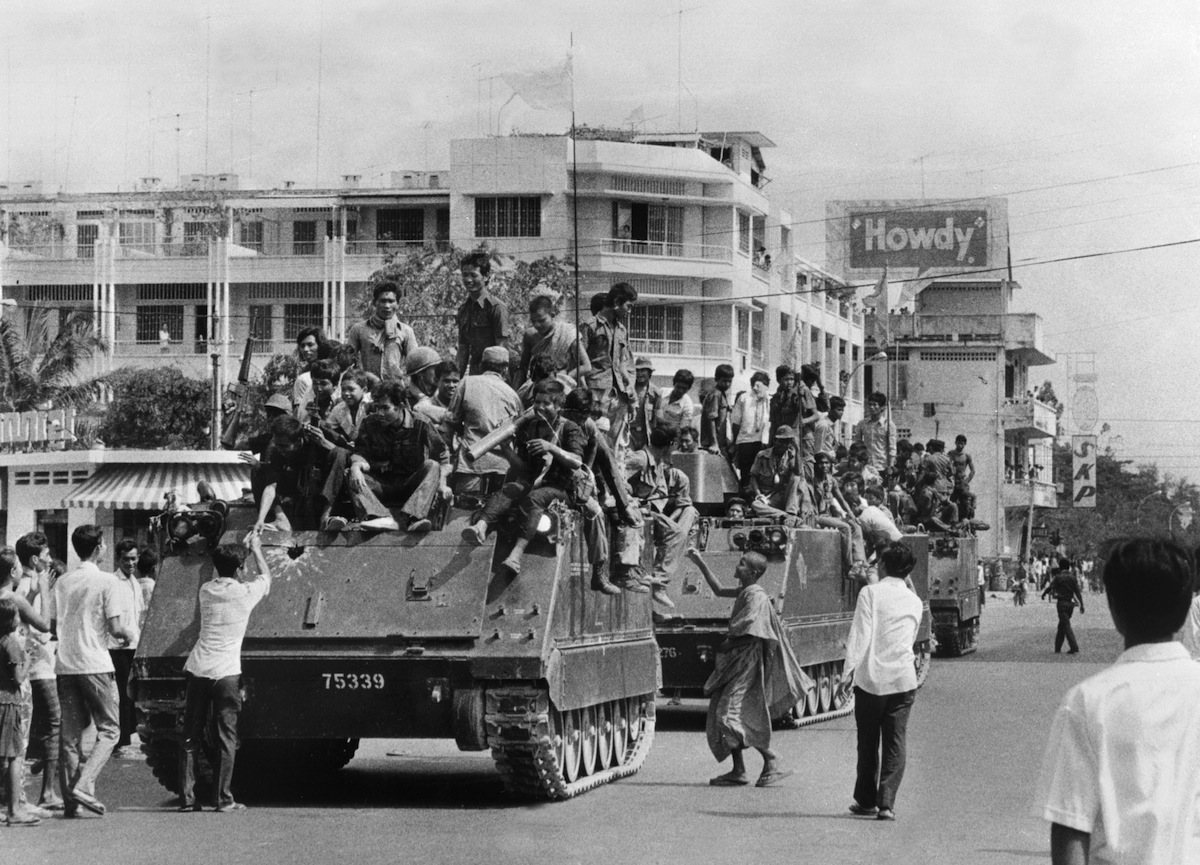
With his health in decline, Thanh retired to Saigon in October 1972 though this retirement was not a happy one. Shortly after the liberation of Saigon on April 30, 1975, he was taken prisoner by the victorious communist forces and languished for the next two years at the Chi Hoa Prison where he died on August 8, 1977.
According to a relative who had served in the South Vietnamese military and was also imprisoned, Thanh refused to cooperate or work with his communist captors and went on a hunger strike, which led to his death.[21]
It was a sad end to an illustrious career in which Thanh went from a national hero who had helped lead Cambodia from the clutches of French colonialism to a turncoat arguably who helped orchestrate coups and ran mercenary troops on behalf the Americans that destabilized Cambodia and led to its eventual ruin.
Like others of his generation, Thanh was clearly under the illusion that the Americans were more benevolent than other colonial powers, and genuinely interested in promoting democracy, and that he could use them to free his own people.
In the end, however, Thanh came nowhere close to achieving those latter goals, and American intervention proved to be even more deadly and destabilizing to Cambodians than France’s.
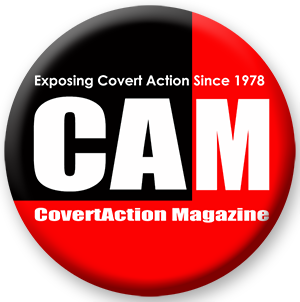
-
See Jeremy Kuzmarov,“
Bomb After Bomb: US Air Power and Crimes of War From World War II to the Present,” The Asia-Pacific Journal, November 18, 2012, https://apjjf.org/2012/10/47/Jeremy-Kuzmarov/3855/article.html
-
In his opposition to France, Thanh allied with Japan and rose to the rank of Captain in the Japanese army. ↑
-
Matthew Jagel, Khmer Nationalist: Son Ngoc Thanh, the CIA, and the Transformation of Cambodia (Ithaca: Northern Illinois University Press, an imprint of Cornell University Press, 2023), 41. ↑
-
Jagel, Khmer Nationalist, 52. ↑
-
Jagel, Khmer Nationalist, 65. ↑
-
CIA agent Edward Lansdale, who met with him before the coup, characterized Chhuon as a “Khmer patriot” who was “beloved by the people of Cambodia.” However, when he was governor of Siem Reap, the people there considered him to be a brutal tyrant. Jagel, Khmer Nationalist, 71. ↑
-
Jagel, Khmer Nationalist, 96. ↑
-
Jagel, Khmer Nationalist, 75. ↑
-
Jagel, Khmer Nationalist, 79. ↑
-
Jagel, Khmer Nationalist, 79. ↑
-
Jagel, Khmer Nationalist, 107. ↑
-
Jagel, Khmer Nationalist, 92. ↑
-
Jagel, Khmer Nationalist, 104. ↑
-
Jagel, Khmer Nationalist, 112. ↑
-
Jagel, Khmer Nationalist, 133. ↑
-
Jagel, Khmer Nationalist, 119. ↑
-
Jagel, Khmer Nationalist, 144. Some of the CIDG soldiers bragged about eating the livers of their Vietcong victims. ↑
-
Jagel, Khmer Nationalist, 137. ↑
-
Jagel, Khmer Nationalist, 157. Coburn noted that Thanh had been a main player in “at least one CIA-organized coup attempt from Thailand.” ↑
-
Jagel, Khmer Nationalist, 169. ↑
-
Jagel, Khmer Nationalist, 169. ↑
CovertAction Magazine is made possible by subscriptions, orders and donations from readers like you.
Blow the Whistle on U.S. Imperialism
Click the whistle and donate
When you donate to CovertAction Magazine, you are supporting investigative journalism. Your contributions go directly to supporting the development, production, editing, and dissemination of the Magazine.
CovertAction Magazine does not receive corporate or government sponsorship. Yet, we hold a steadfast commitment to providing compensation for writers, editorial and technical support. Your support helps facilitate this compensation as well as increase the caliber of this work.
Please make a donation by clicking on the donate logo above and enter the amount and your credit or debit card information.
CovertAction Institute, Inc. (CAI) is a 501(c)(3) non-profit organization and your gift is tax-deductible for federal income purposes. CAI’s tax-exempt ID number is 87-2461683.
We sincerely thank you for your support.
Disclaimer: The contents of this article are the sole responsibility of the author(s). CovertAction Institute, Inc. (CAI), including its Board of Directors (BD), Editorial Board (EB), Advisory Board (AB), staff, volunteers and its projects (including CovertAction Magazine) are not responsible for any inaccurate or incorrect statement in this article. This article also does not necessarily represent the views the BD, the EB, the AB, staff, volunteers, or any members of its projects.
Differing viewpoints: CAM publishes articles with differing viewpoints in an effort to nurture vibrant debate and thoughtful critical analysis. Feel free to comment on the articles in the comment section and/or send your letters to the Editors, which we will publish in the Letters column.
Copyrighted Material: This web site may contain copyrighted material the use of which has not always been specifically authorized by the copyright owner. As a not-for-profit charitable organization incorporated in the State of New York, we are making such material available in an effort to advance the understanding of humanity’s problems and hopefully to help find solutions for those problems. We believe this constitutes a ‘fair use’ of any such copyrighted material as provided for in section 107 of the US Copyright Law. You can read more about ‘fair use’ and US Copyright Law at the Legal Information Institute of Cornell Law School.
Republishing: CovertAction Magazine (CAM) grants permission to cross-post CAM articles on not-for-profit community internet sites as long as the source is acknowledged together with a hyperlink to the original CovertAction Magazine article. Also, kindly let us know at info@CovertActionMagazine.com. For publication of CAM articles in print or other forms including commercial internet sites, contact: info@CovertActionMagazine.com.
By using this site, you agree to these terms above.
About the Author

Jeremy Kuzmarov holds a Ph.D. in American history from Brandeis University and has taught at numerous colleges across the United States. He is regularly sought out as an expert on U.S. history and politics for radio and TV programs and co-hosts a radio show on New York Public Radio and on Progressive Radio News Network called “Uncontrolled Opposition.”
He is Managing Editor of CovertAction Magazine and is the author of six books on U.S. foreign policy, including Obama’s Unending Wars (Clarity Press, 2019), The Russians Are Coming, Again, with John Marciano (Monthly Review Press, 2018), Warmonger. How Clinton’s Malign Foreign Policy Launched the U.S. Trajectory From Bush II to Biden (Clarity Press, 2023); and with Dan Kovalik, Syria: Anatomy of Regime Change (Baraka Books, 2025).
Besides these books, Kuzmarov has published hundreds of articles and contributed to numerous edited volumes, including one in the prestigious Oxford History of Counterinsurgency .
He can be reached at jkuzmarov2@gmail.com and found on substack here.
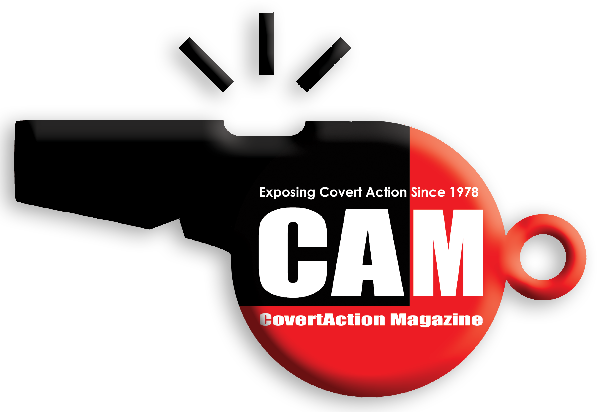


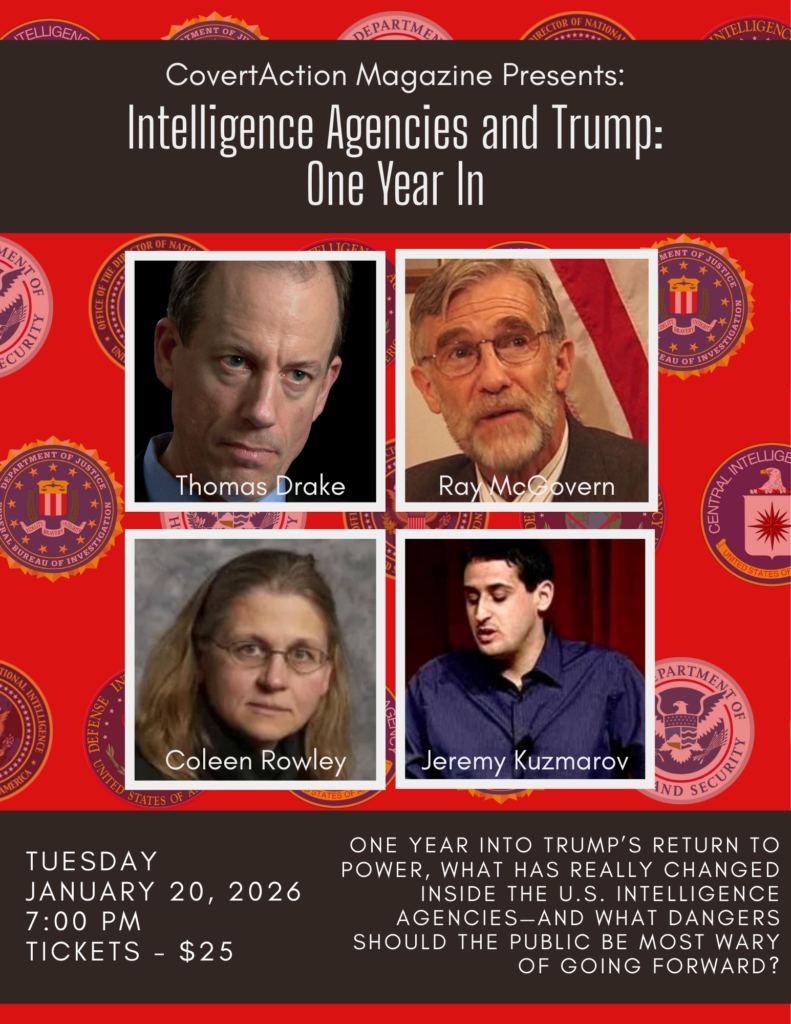
Here is a good summary of the Cambodian Genocide:
https://worldwithoutgenocide.org/genocides-and-conflicts/cambodia
Nixon massively bombed Cambodia using strategic B52 bombers.
However, just to be clear, the bombing of Cambodia actually began under President Johnson in October 1965. The bombing was small-scale compared to what was to come:
“Thanks to the Air Force database, we now know that the US bombardment started three-and-a-half years earlier, in 1965, under the Johnson administration. What happened in 1969 was not the start of bombings in Cambodia but the escalation into carpetbombing. From 1965 to 1968, 2,565 sorties took place over Cambodia, with 214 tons of bombs dropped. These early strikes were likely designed to support the nearly two thousand secret ground incursions conducted by the CIA and US Special Forces during that period. B-52s — long range bombers capable of carrying very heavy loads — were not deployed, whether out of concern for Cambodian lives or the country’s neutrality, or because carpet bombing was believed to be of limited strategic value.”
https://apjjf.org/taylor-owen/2420/article